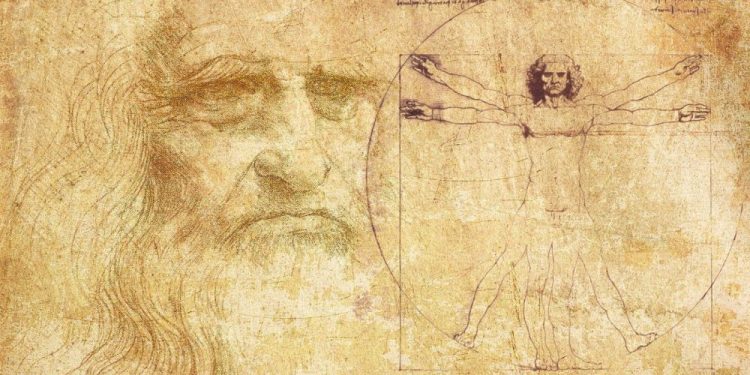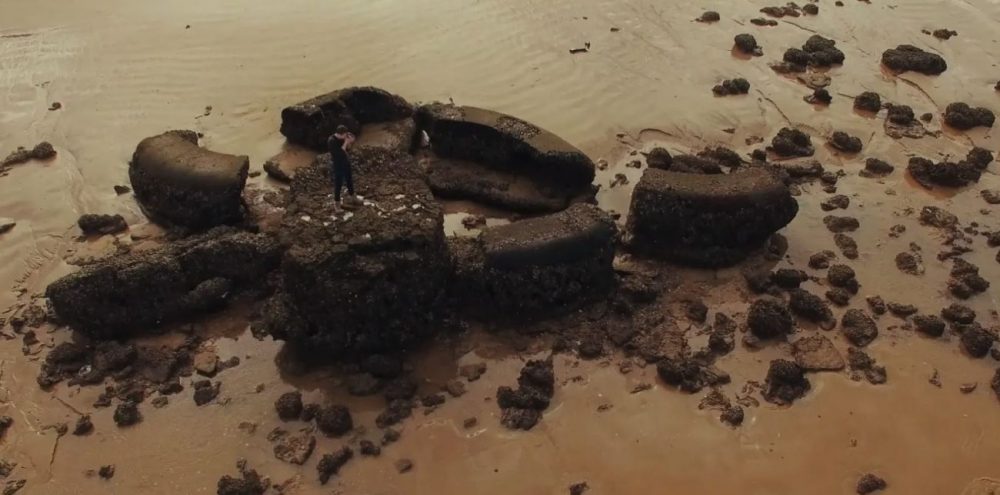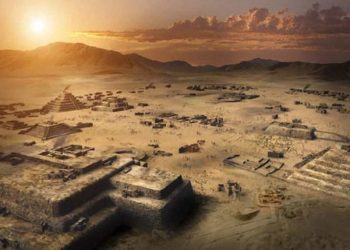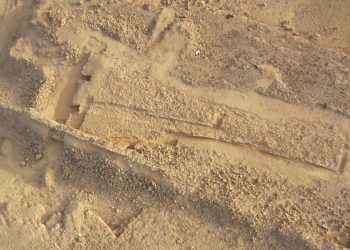One of the greatest minds to ever walk on Earth is, without a doubt, the one and only Leonardo da Vinci. A true polymath, this genius was not only a painter but an engineer, inventor, scientist, sculptor, and architect, among other things. Although he is most famous, perhaps for his paintings, he greatly contributed to science and engineering. And now, experts from Caltech have found that da Vinci was very interested in gravity, and his understanding of gravity was centuries ahead of his time. Experts from Caltech found that da Vinci explored gravity as a form of acceleration when people around him had no idea what gravity was. The discovery, reported in the Journal Leonardo, shows a look at one of the polymath’s books where he drew experiments to demonstrate gravity and use it as a form of acceleration. What’s more, as revealed by a statement from Caltech, the Renaissance genius modeled the gravitational constant with approximately 97 percent accuracy.
Gravity and da Vinci
Leonardo da Vinci lived from 1452 to 1519 and left a legacy of inventions, art, theories, and books behind him. Thanks to the documentation of his work, scientists now know that da Vinci had explored concepts such as gravity way ahead of his time. In fact, it was Galileo Galilei who, in 1604, theorized that the distance covered by a falling object was proportional to the square of the time elapsed. Then in the 17th century, Sir Isaac Newton expanded Galileo’s theory and developed the law of universal gravitation, describing how objects are attracted to each other. And if it weren’t for limitations in terms of tools during da Vinci’s time, he would have probably formulated laws on gravity much sooner than Newton.
Nonetheless, da Vinci was way ahead of his time. Da Vinci’s notes on gravity could have gone unnoticed were it not for Mory Gharib, a professor of Aeronautics and Medical Engineering. Professor Gharib spotted the curious drawings and descriptions of da Vinci in the Codex Arundel as he went through the text, preparing to discuss different topics covered by da Vinci with his students. But he noticed the sketches made by the Renaissance genius showing triangles created by sand-like particles emerging from a jar, something that caught his attention.
Codex Arundel and da Vinci’s experiments on gravity
“What caught my eye was when he wrote ‘Equatione di Moti’ on the hypotenuse of one of his sketched triangles—the one that was an isosceles right triangle,” says Gharib, lead author of the Leonardo paper. “I became interested to see what Leonardo meant by that phrase.”
In the papers, Leonardo describes an experiment he performed where a water pitch is moved along a straight path, parallel to the ground, dumping what seems to be either water or sand. Next to his drawings, da Vinci explains that he knew that the material would not fall at a constant velocity but would accelerate. Da Vinci further explained that the material stops accelerating horizontally since it is not being influenced by the pitcher any longer. He notes that the acceleration is purely downward due to gravity.
Read more about the experiments of da Vinci by clicking here.
Have something to add? Visit Curiosmos on Facebook. Join the discussion in our mobile Telegram group. Also, follow us on Google News











